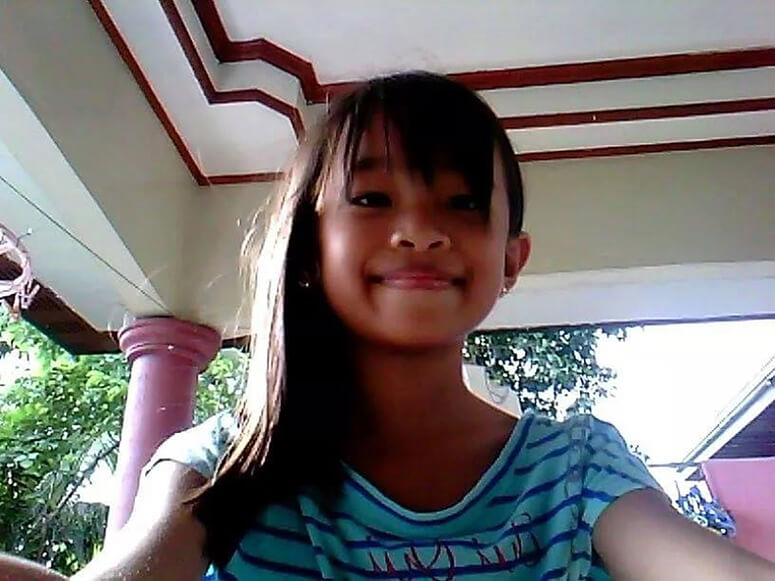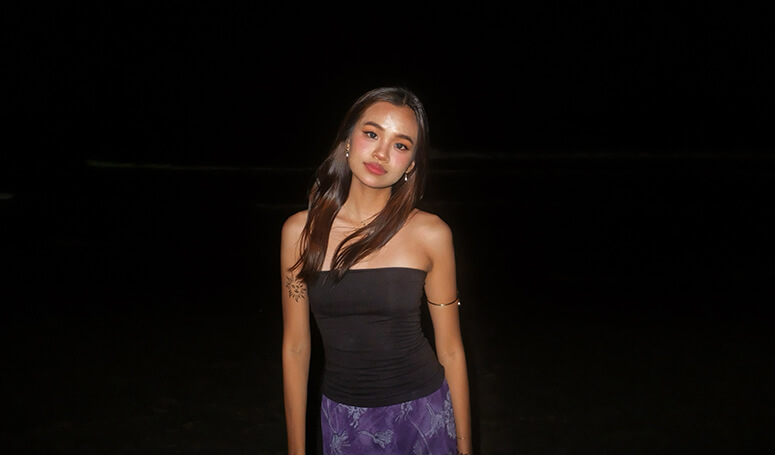Beauty without an asterisk: A ‘morena’ becoming
Before the concept of tanning became glamorized in Filipino media, having dark skin was seen as a stain. Dark used to mean dirty; something to be corrected by lightening products, cosmetic procedures, or anything that could give you the “clean and fair look.”
I find it sad how common it is among Filipinas who grew up morena to have such similar instances of bullying based on their skin color. I was called “negra” and “Miss Aruba” even before I knew what these words meant, but somehow I always understood. It was in the way these words were uttered that would dictate how I felt about the skin that I lived in, even a decade after they were said.
For the longest time, I viewed my skin as a problem to solve. I was in 4th grade when I started using Kojic Whitening Soap and Silka Papaya Lotion. I was always taught to be scared of the sun, not for the harm it could do to my health, but for the strain it would cause for my “beauty.” I memorized the Kojic routine like a gospel. I counted, timed, and waited patiently for how long I would let the product sit in my skin, awaiting its promise. I did this every day as a young girl, not just as a habit, but like a ritual. Because I was taught that beauty was something I was not given, but something I had to earn.
I was taught that beauty was something I was not given, but something I had to earn.

Now, all of a sudden, being morena isn’t a flaw. We are being glorified for the exact feature that was once the crown of every insult. People now want a tan to enhance their look. Today, summer comes with the culture of spray tans, bronzing mousses, and contour palettes that promise a “sun-kissed glow.” It is all ironic and confusing to deem our skin desirable only when worn, and not lived in.
But a shift in trends cannot rewire years spent hating the color of my own skin. It does not easily erase the instinct of reaching for whitening products in quiet grocery aisles, the shame of feeling dirty even when you are clean, or the quiet envy directed at those with fairer skin; those who were never taught to associate their skin color with their worth.
I used to feel like coal against white paper whenever I stood among my cousins. Relatives would often approach us and say, “Ang gaganda niyo naman, ang puputi.” I always wondered where that put me; what category I was in. But I knew I was far from invisible because they never missed a chance to let me know that I was different.
Between insults and unsolicited beauty tips, there were also “compliments.” The most common is being called a beauty but never without the word “black” first, like the compliment couldn’t stand on its own for someone like me. I wish I could tell you this only used to happen when I was younger, before the shifts in beauty standards and trends, and that the years had washed it away along with the sting, but it still lingers, dressed up as kindness.

As a kid, hearing the term “black beauty” was so common that I never thought to question it. But now I wonder, why can’t I just be beautiful? Why must the darkness of my skin be singled out?
Filipinos, despite being people born in the tropics, have an unhealthy fixation with fair skin. The Philippines is a country where the internalized nature of colorism lingers in every corner: in advertisements, beauty aisles, and casual remarks of relatives. But this mindset didn’t just appear out of nowhere. It was built over centuries, carried by the hands of colonialism and the shadows it left behind.
Spanish colonization entrenched the idea that lighter skin meant higher status, a marker of being closer to the ruling class and further from the laboring masses who worked under the sun. Fairness became a currency, a visible sign of privilege, purity, and power. These ideals were further reinforced by American colonization, embedding Eurocentric beauty standards even deeper into the Filipino consciousness.
For generations, this hierarchy seeped into the way we see ourselves and each other. Dark skin was tied to poverty and manual labor; fair skin, to leisure and desirability. And even if I didn’t live during those centuries, I still felt their echoes. I felt them in the way I flinched from the sun, in the whitening products that crowded our bathroom, and for the years in my life when I believed I had to be fair to be beautiful, light to be clean.
But now I’m 19 and the Kojic soaps are gone from my shelves. My summers are spent under the sun, deepening my tan without shame, a shade that makes me feel beautiful, rooted, and closer to my family and the people around me. I have learned to wear my skin without apology, to honor the shade that holds my history, my culture, and every girl before me who was taught to shrink under the sun. I am not a problem to fix, nor a trend to admire when convenient. I am simply, finally, beautiful.


